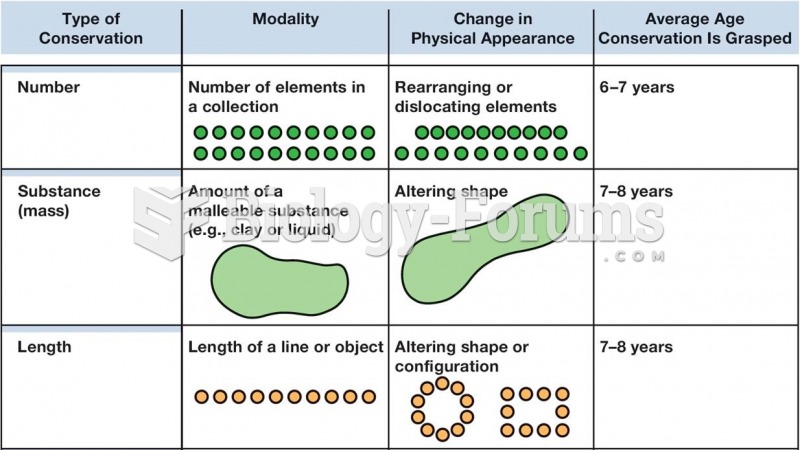Answer to Question 1
Kohlberg, in his explanations of the development of moral reasoning ability, is similar to Piaget in at least two respects. First, Kohlberg suggested that it is a person's own cognitive activity (e.g., analyzing, transforming, and reflecting upon information) that stimulates moral development. Second, Kohlberg asserted that moral development occurs in a series of increasingly more advanced and abstract stages.
Like Piaget, Kohlberg proposed that his stage sequence is invariant and universal.
Answer to Question 2
Triadic reciprocal causation is the basis of social cognitive theory. It proposes that learning results from the interactions among personal characteristics (such as cognitive processes, self-perceptions, and emotional states), behavioral patterns (such as observing, evaluating, and making changes to one's behavior), and environmental factors (such as the occurrence of reinforcing and punishing consequences for particular behaviors, explanations and modeling of various skills and processes by others, and the type of task one is working on). The triadic model is arranged so that each component can influence the other two, giving it its reciprocal quality.
One example is a student solving mathematical problems. One of the student's salient personal characteristics is a high level of self-efficacy for solving mathematical problems. That is, the student feels prepared or competent to successfully carry out this task. This motivates the student to work on mathematical problems rather than other tasks and to persist when the problems are hard to solve. Being able to figure out correct solutions to mathematical problems raises the student's self-efficacy for solving additional and even more difficult mathematical problems in the future. This example demonstrates how a personal characteristic influences a behavior pattern and how that behavior pattern, in turn, influences that same personal characteristic.







